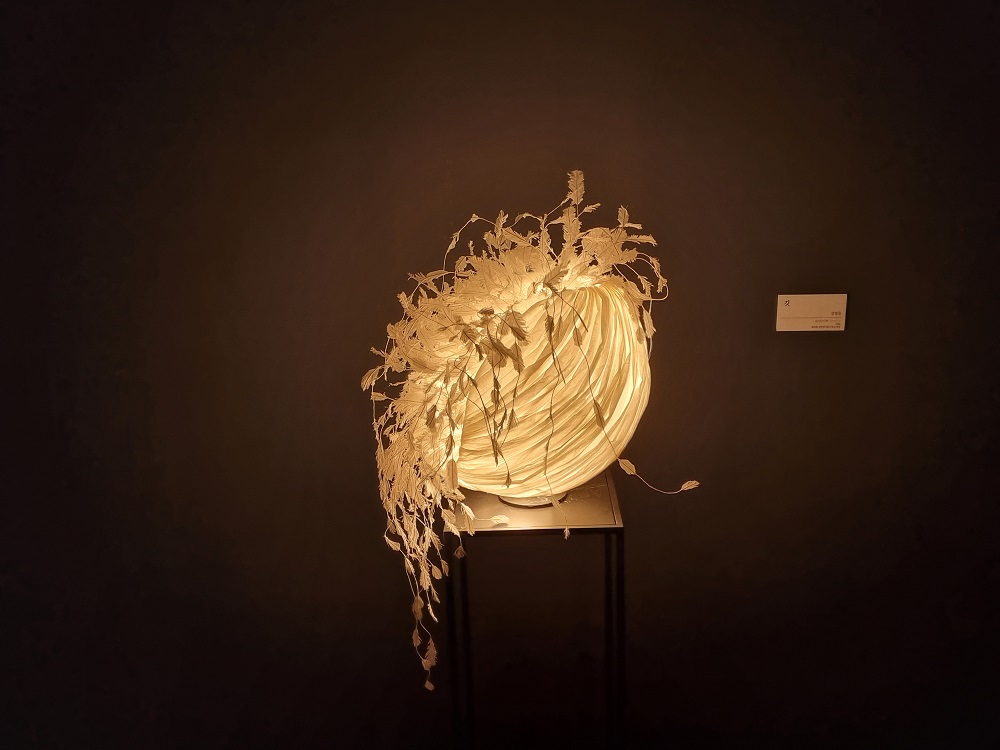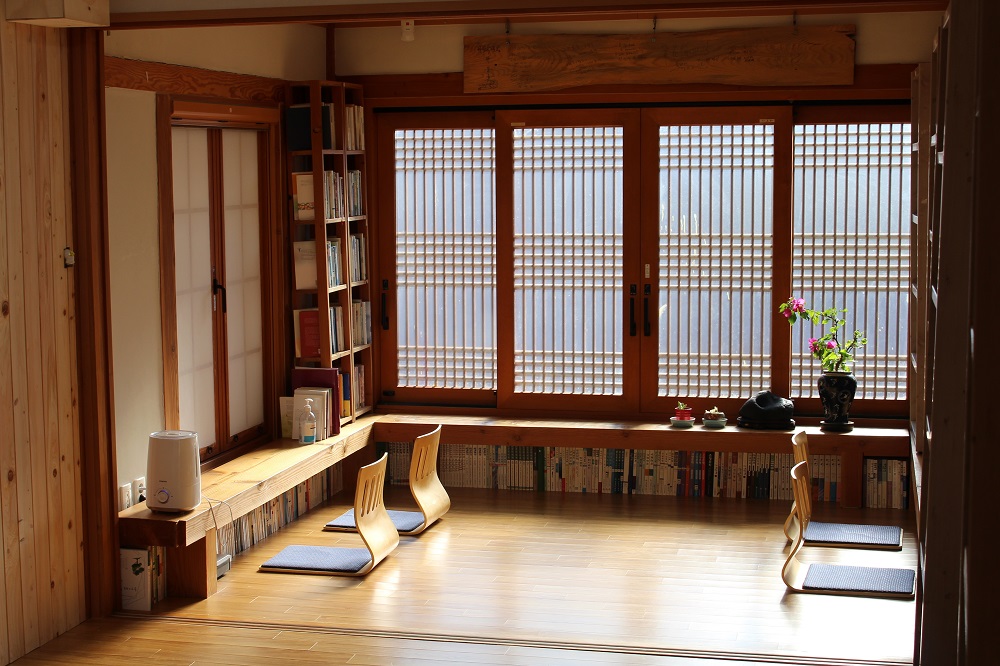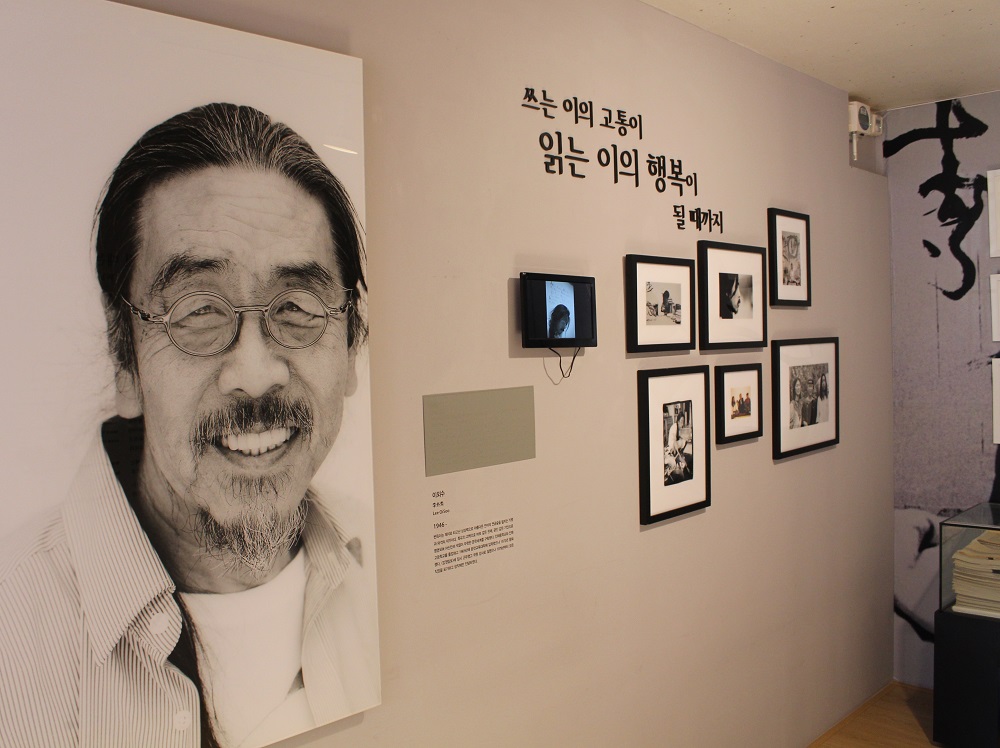
There are many mountains in Seoul. Among them, Mt. Bukhan is located on the north side of the Han River, where Kingos can easily find the magnificent feature of the five famous mountains of Korea from the Humanities and Social Sciences Campus. In March, the spring is coming back again. Suppose Kingos want to see the scenery of Mt. Bukhan, which harmonizes granite and vegetation, with the atmosphere of hanoks (traditional Korean houses). In that case, the Sungkyun Times (SKT) recommends a trip to Eunpyeong Hanok Village.
Joseon in the 21st Century
Introduction to Eunpyeong Hanok Village
Eunpyeong Hanok Village, located in Eunpyeong-gu, Seoul, is a rising attraction where people can find harmony in the beautiful natural environment of Mt. Bukhan with modern-styled hanoks. This village was developed in 2012, and the cultural facilities were established in 2014 to preserve and publicize the history of hanok and the village. In addition to the natural assets, there are cultural spaces where visitors can experience history and culture without cost because there is no entry fee for the village. Most of the cultural facilities are free. Besides this, there are many coffeehouses in the Hanok Village where you can enjoy teas and snacks along with splendid views. Above this, for the experience of seeing the hanok in the downtown area, various accommodations use traditional style hanoks in the village.
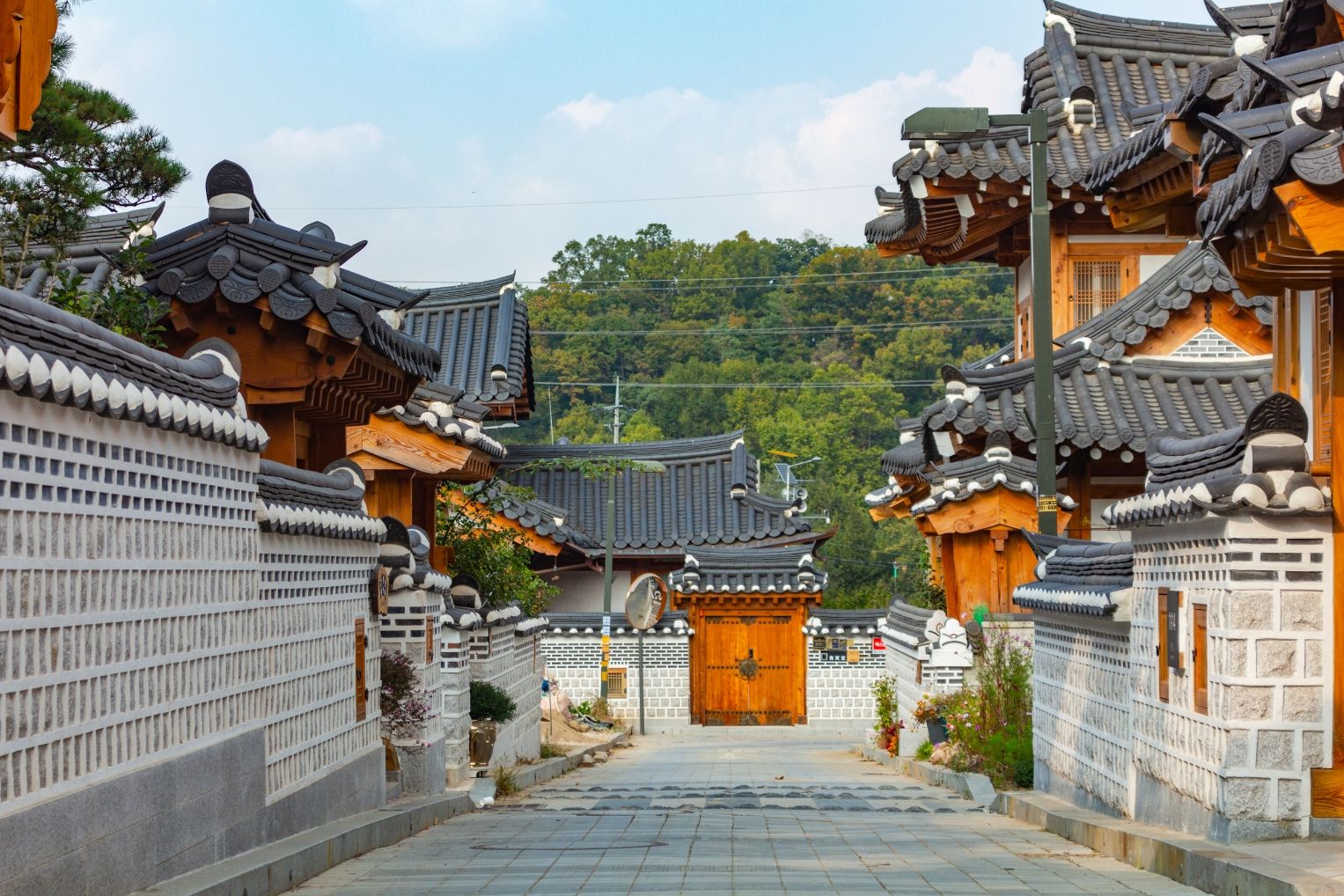
How to Visit Eunpyeong Hanok Village
From the Humanities and Social Sciences Campus, Kingos should take bus No. 272 at Myeongnyun-dong 2-ga, Sungkyunkwan University Entrance Stop, and get off at Anguk Station, Jongno Police Station, Seoul Museum of Craft Art Stop. Then, walk to Anguk Station for four minutes, take subway line No. 3, and get off at Yeonsinnae Station. After that, go out through exit 3, get on bus No. 701 at Yeonseo Traditional Market Stop, then get off at Hana High School, Samcheonsa Temple, Jingwansa Temple Entrance Stop, and walk to Eunpyeong Hanok Village for four minutes. Kingos from the Natural Sciences Campus should take bus No. 7800 at the Sungkyunkwan University Stop and get off at Sadang Station Exit 9 Stop. Then walk to Sadang Station for two minutes, take the subway line No. 4, and get off at Chungmuro Station. Then, transfer to subway line No. 3, and get off at Yeonsinnae Station. The route is identical from then on.
Enjoy Everything in Eunpyeong Hanok Village
Eight Scenic Views
There are eight beautiful scenic views in the Eunpyeong Hanok Village. The SKT would like to introduce three must-see views.
01. Jingwansa Temple
Jingwansa Temple was built in 1011 by order of King Hyeonjong of the Goryeo Dynasty in gratitude to the great Buddhist priest Jingwan. In the temple, relics such as the Taegeukgi (Korean flag) and The Independent (the first Korean private newspaper) used in the Korean Independence Movement of 1919 were found in the Seven Stars Shrine. Through this, the relationship between the independence movement and the Buddhist community could be seen. There is a mountain behind the temple and a river at the front. Due to this, visitors can enjoy the beauty of Mt. Bukhan, and tourists can see a very Korean view. Also, Jingwansa Temple is famous worldwide for its temple food. Famous people such as Jill Biden and the sous-chef of the White House enjoyed Jingwansa Temple’s cuisine. Plus, people can enjoy traditional Korean tea with a quiet and still atmosphere of the mountain at the Bohyun Teahouse in the temple.
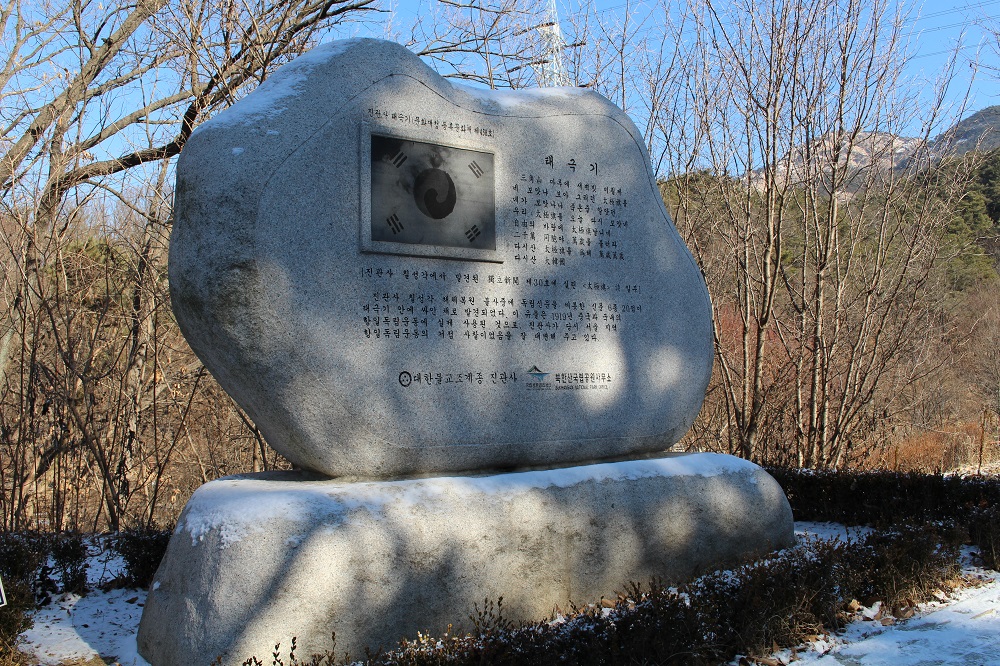
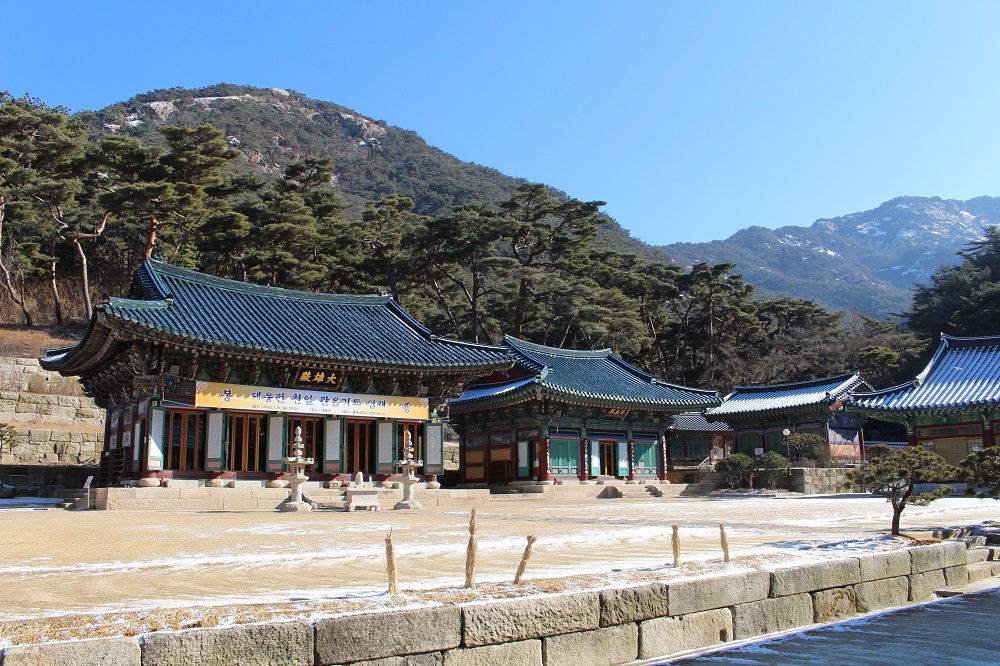
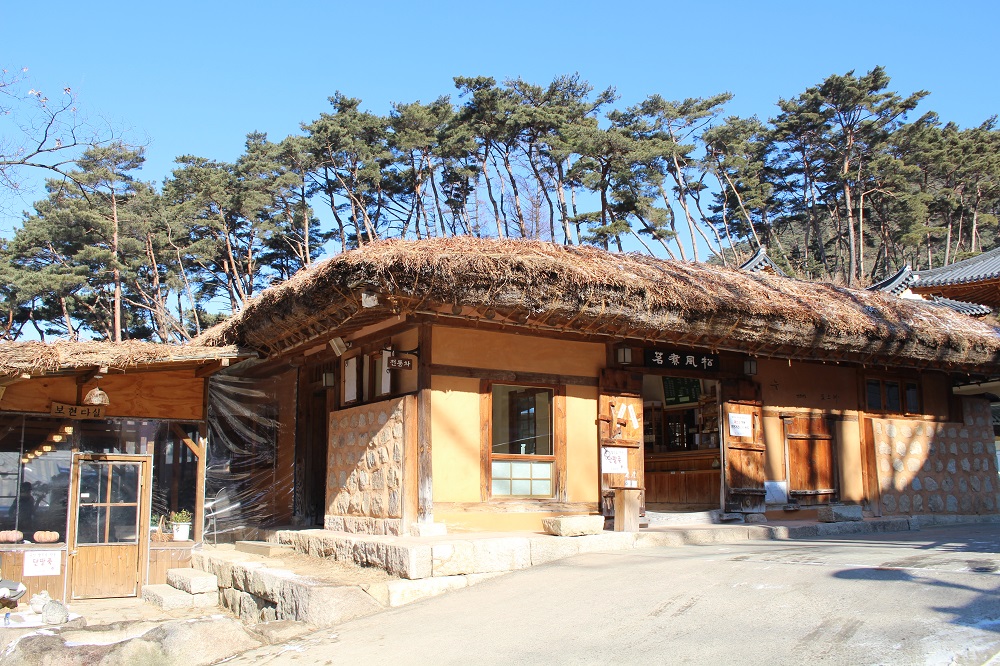
02. Jingwansa Valley
There is Jingwansa Valley to the east of Jingwansa Temple. The valley is 500 meters long, and the steep bedrock and small waterfalls continue along the valley. Except for the rough section, the area where people can play in the water is 350 meters long. Although the water is not that deep, large stones exist everywhere, so those are the perfect places to dip your feet in the water and cool off the heat in the shade. In addition, since the valley belongs to Bukhansan National Park, cooking or installing tents are not allowed, and hawkers are also prohibited so that you can enjoy a pleasant summer vacation. However, entering the valley between February 20th and June 30th is forbidden because it is designated as a Wildlife Sanctuary as the Bukhansan frog, salamander, lined grass lizard, and narrow-mouthed toad inhabit there.
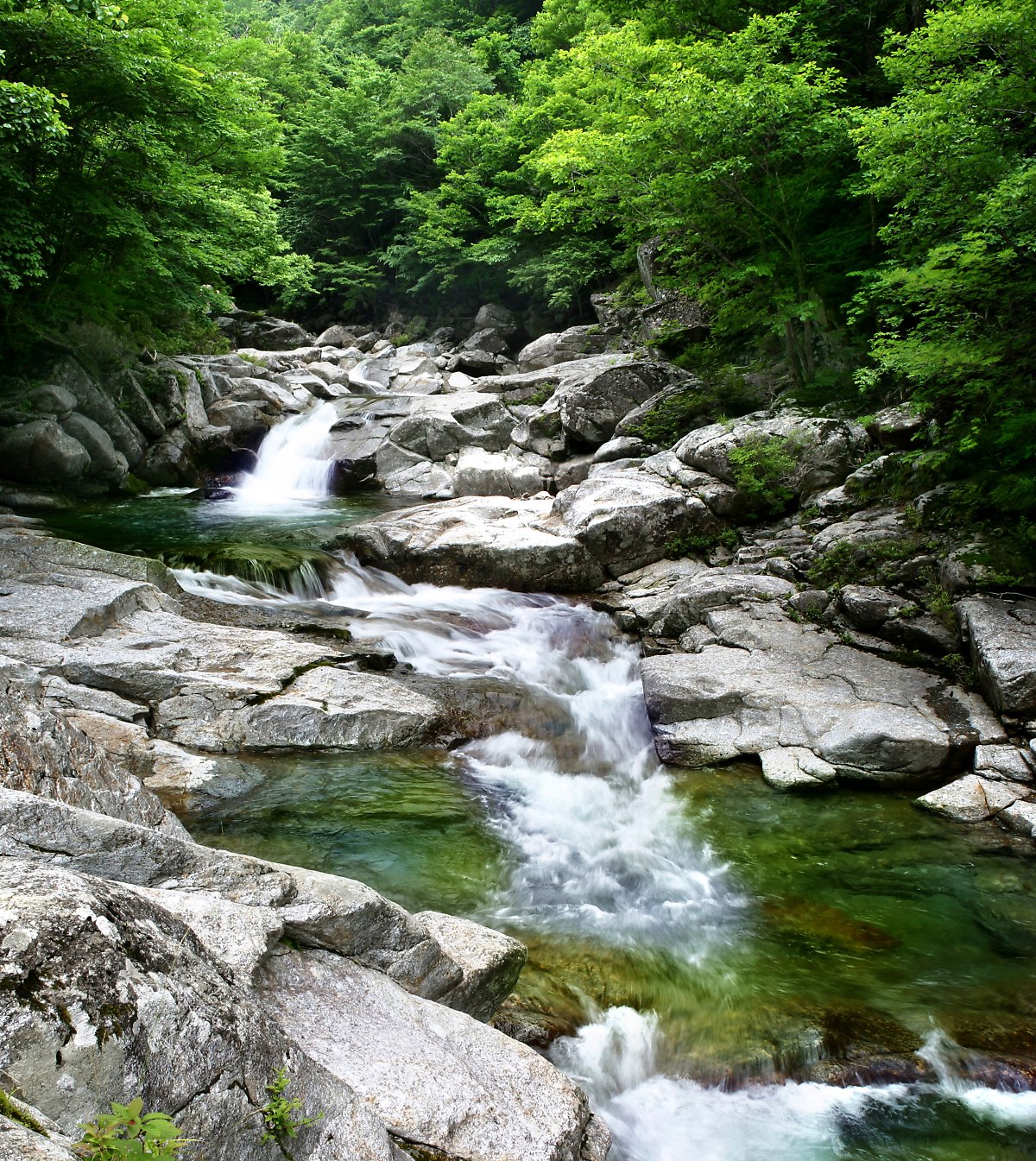
03. Samcheonsa Temple
Samcheonsa Temple was founded in 661 by a Buddhist priest Wonhyo and was used as an assembly place for monk soldiers during the Japanese Invasion of Korea in 1592. According to Bukhanji (Record of Bukhansanseong), the name Samcheon (means 3,000 in Korean) originates from the prosperity that 3,000 people had practiced asceticism. On the natural rock inside Samcheonsa Temple, Treasure No. 657, Rock-carved Standing Buddha at the Samcheonsa Temple Site, is carved. It reflects the elaborate and realistic sculpting techniques of the past. In addition, the temple is also known as a temple that positively accommodates mountain sprits. The size of the mountain spirit shrine, which serves the spirits of Mt. Bukhan, is larger than that of other temples. This shrine is located at the highest place of the temple because it serves the owner of the mountain. Inside the shrine, Mountain Spirit’s Taenghwa, which illustrates mountain spirits and tigers, is enshrined.
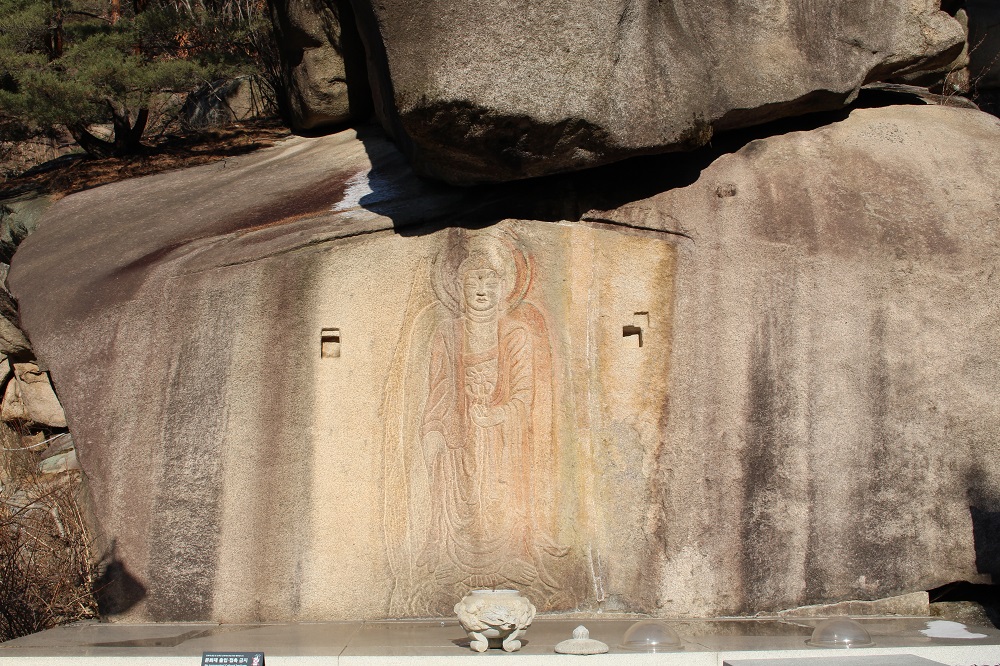
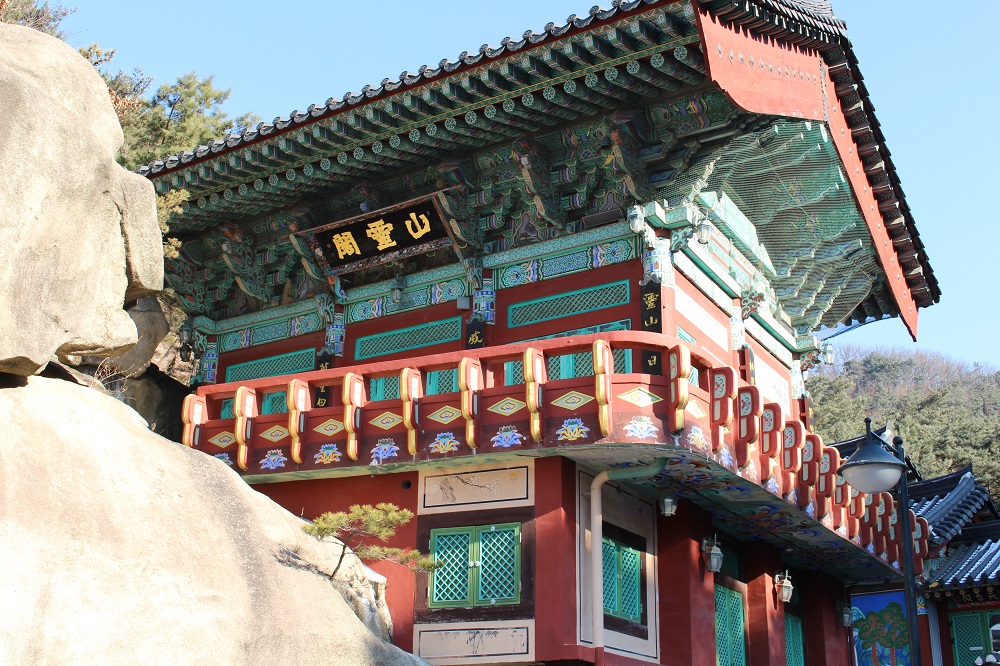
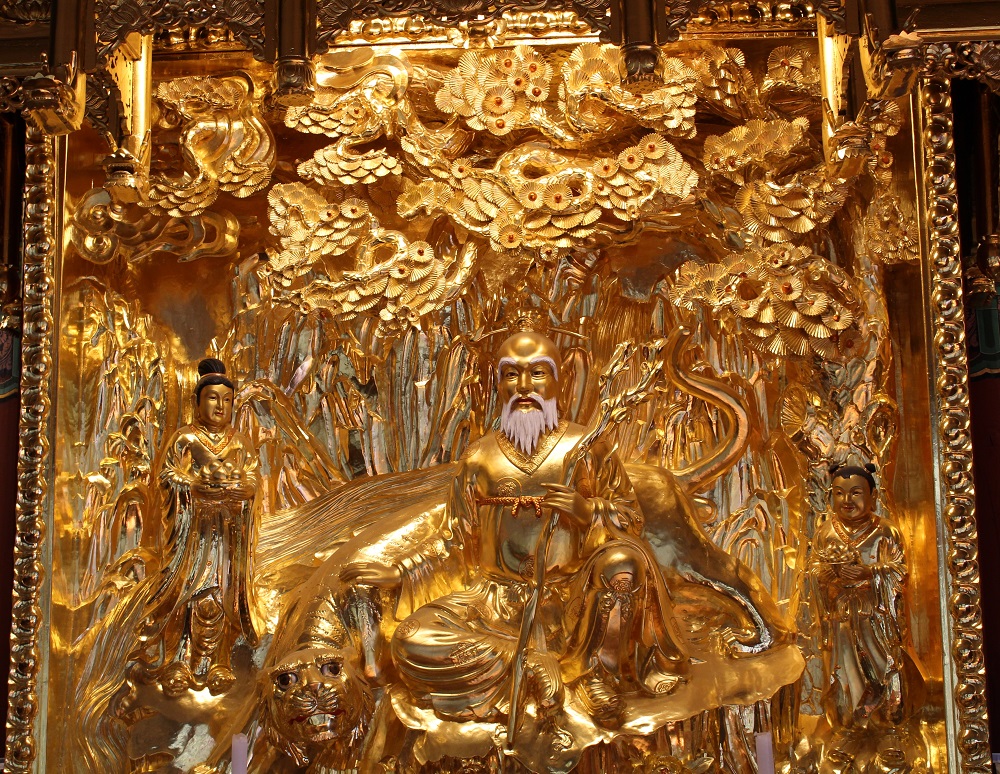
Cultural Facilities
01. Eunpyeong History Hanok Museum
Eunpyeong History Hanok Museum is a museum that preserves and displays various relics, historical documents, and contents related to the hanoks of Eunpyeong. It provides various special exhibitions, education, and experience programs, enhancing the opportunities of enjoying and participating in the culture. At Jingwansa Temple, the Suryukjae ceremony, designated as National Intangible Cultural Heritage No. 126, is held every year to heal suffering and help people pray for happiness. To examine the cultural value and view the artistry of the Suryukjae ceremony, the special exhibition named Nectar, Rain of Dharma was held until February 27th. This exhibition introduced Buddhist paintings used in the actual ceremonies such as Nectar Ritual Painting and Three Bodhisattvas. Besides the special exhibitions, the permanent exhibitions can also be found in the Eunpyeong History Exhibition Hall on the second floor and Hanok Exhibition Hall on the third floor. In addition, there is an observatory on the rooftop of the museum, where you can see the magnificent Mt. Bukhan.
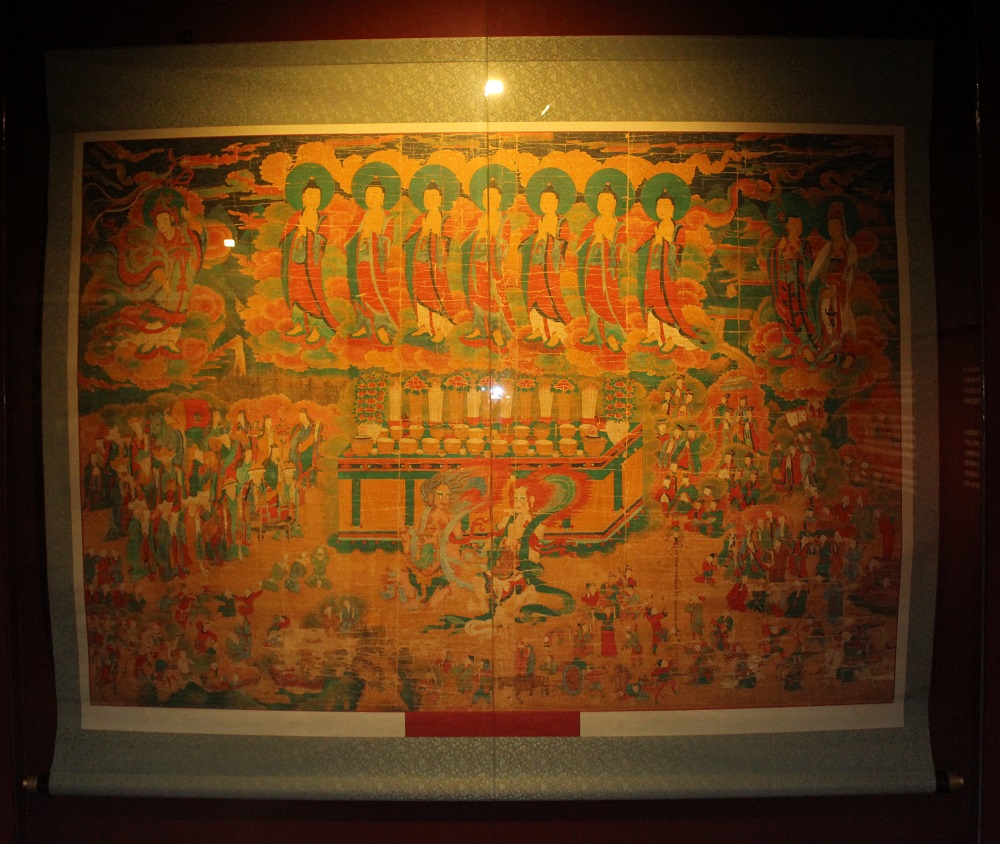
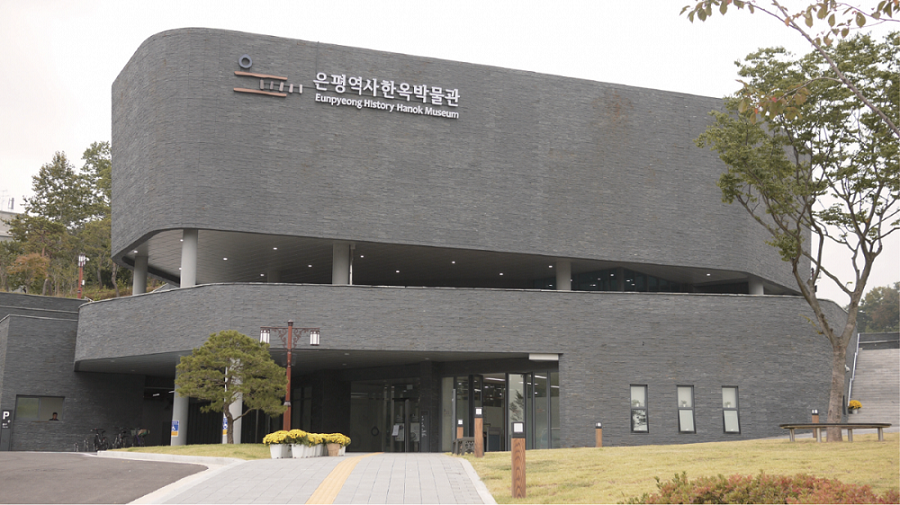
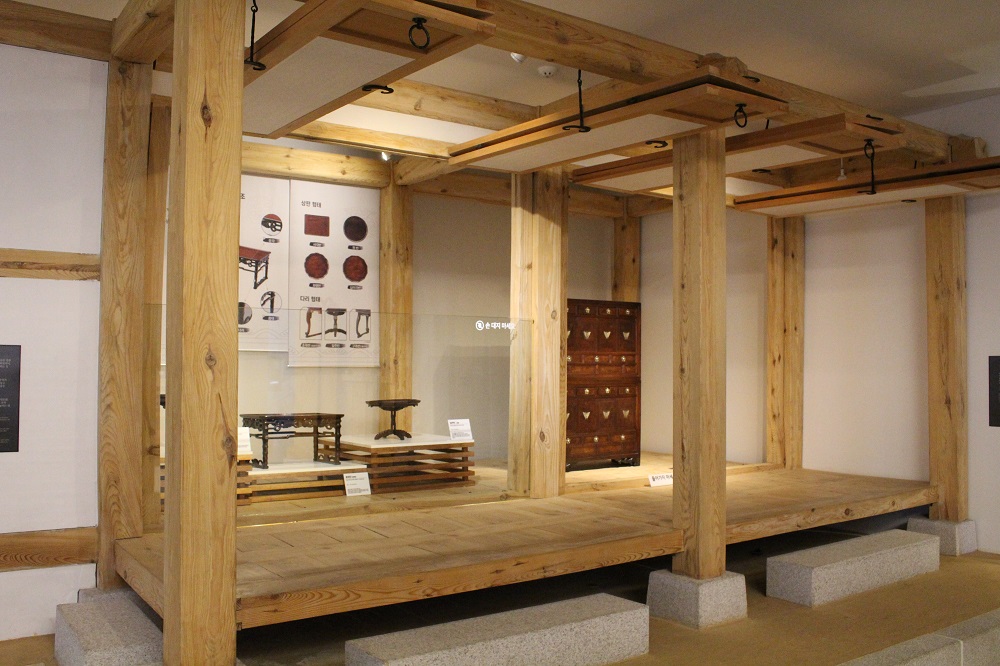
02. Intimate Friendship Center
The Intimate Friendship Center introduces the Korean culture of Eunpyeong and helps to understand the Eunpyeong Hanok Village. On the first floor, exhibitions of Korean culture are generally held. On the second floor, there is a hanbok (Korean traditional clothes) experience room where you can rent various kinds of hanboks such as the clothes of fighters for independence, and traditional Confucian school uniforms of Seonggyungwan Academy, as well as other traditional accessories. There is also a photo studio where you can take pictures with a Korean cultural background. If you purchase the ticket to Eunpyeong History Hanok Museum, these experience programs are free for an hour. Lectures on Korean culture and children’s etiquette can be found in the education room on the first basement floor. All exhibitions and activities of the Intimate Friendship Center are not only free of charge but also provide a high-quality cultural experience.
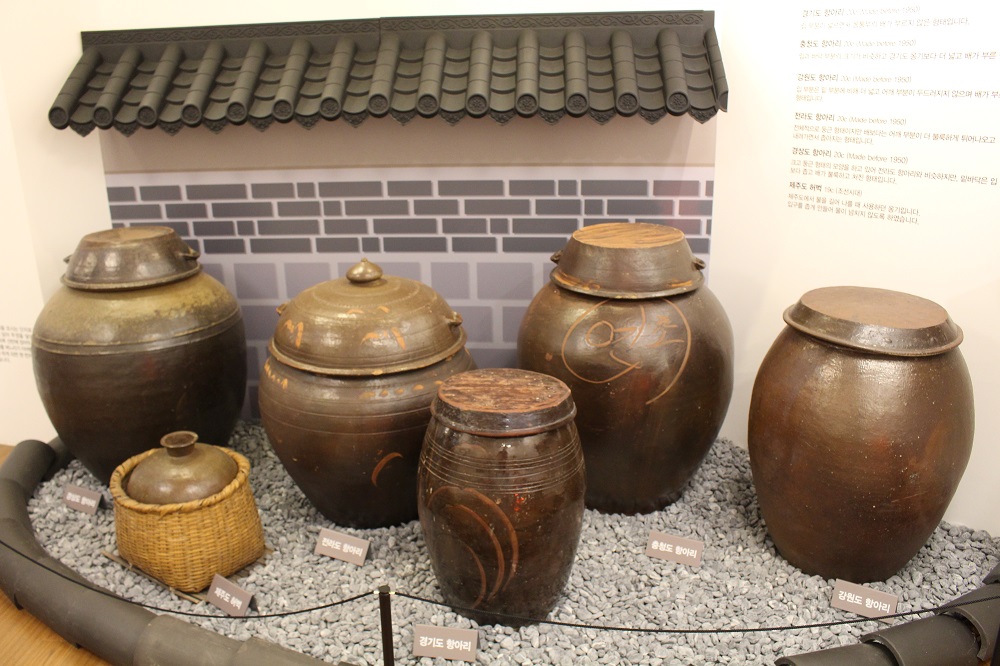
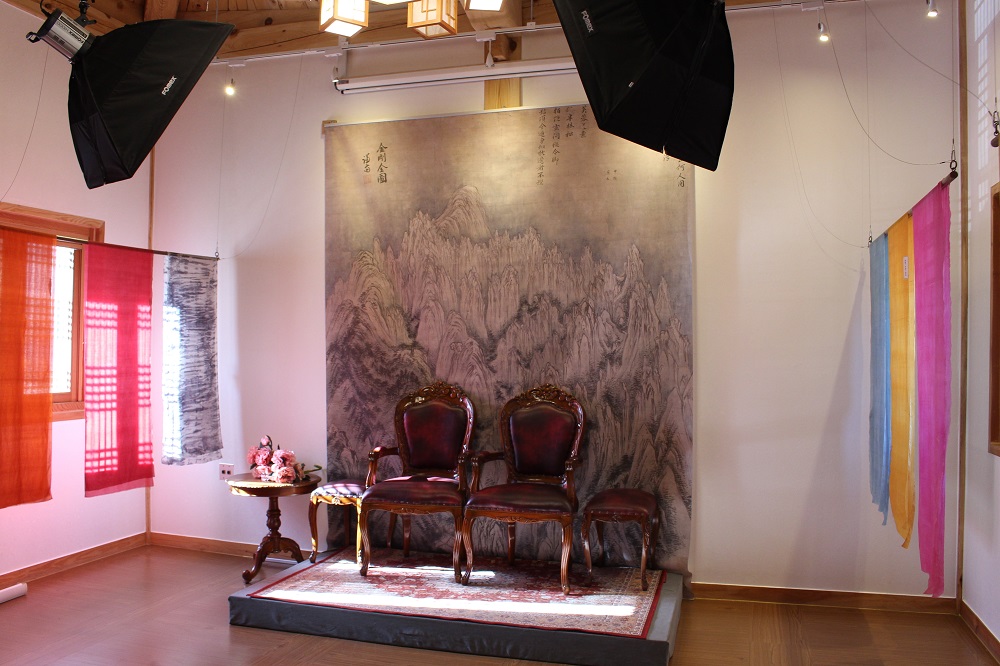
03. Samgaksan Geumam Art Museum & Three Authors’ Gallery
Samgaksan Geuman Art Museum is at the entrance of Jingwansa Temple. The museum is built in the form of a hanok, so you can see the antique furniture and folk paintings on the first and second floors, including the reception room and the living room. Not only crafts inside the art museum, but also implements used in the past are displayed outdoors. So the exhibits are closely connected. Next to the museum, there is the Three Authors’ Gallery which displays works by poet Cheon Sang-byeong, painter Jung Kwang, and modern novelist Lee Oi-soo. On the first floor, there is an ondol (Korean floor heating system) room book café, where visitors can read a book and have a rest. On the second floor, there is an exhibition of the works and literature of the three authors who have the image of being eccentric, and there are also their works, autographic manuscripts, and their photos on display. Overall, the exhibition is held in a cozy and quiet atmosphere.
